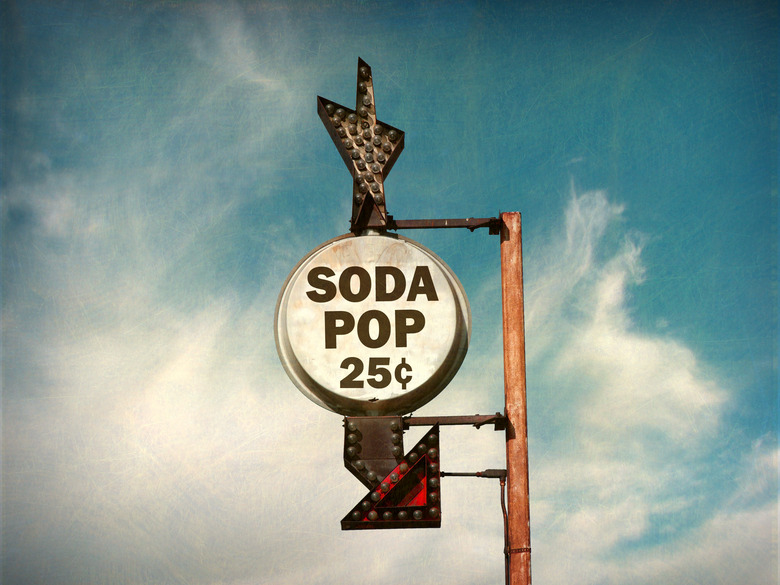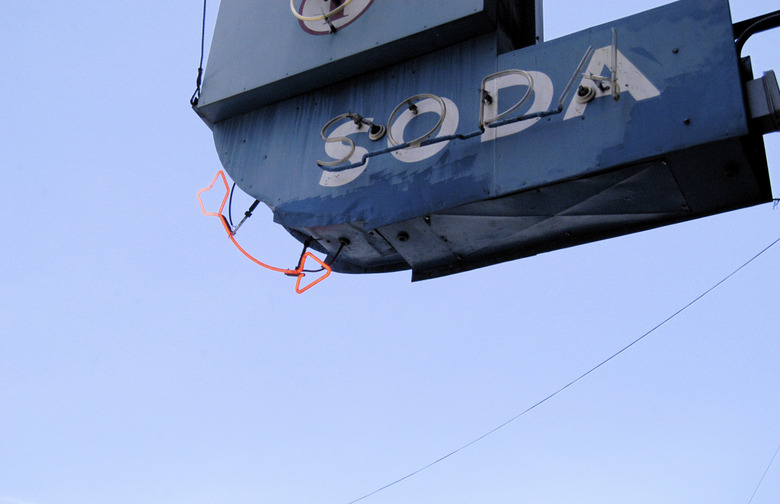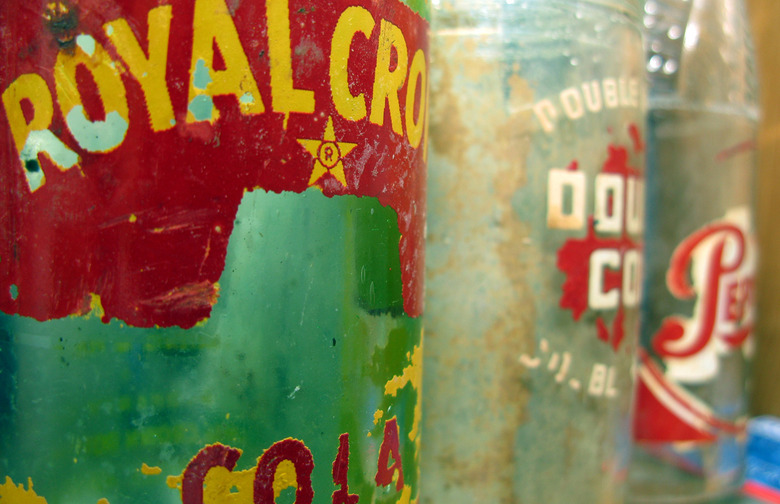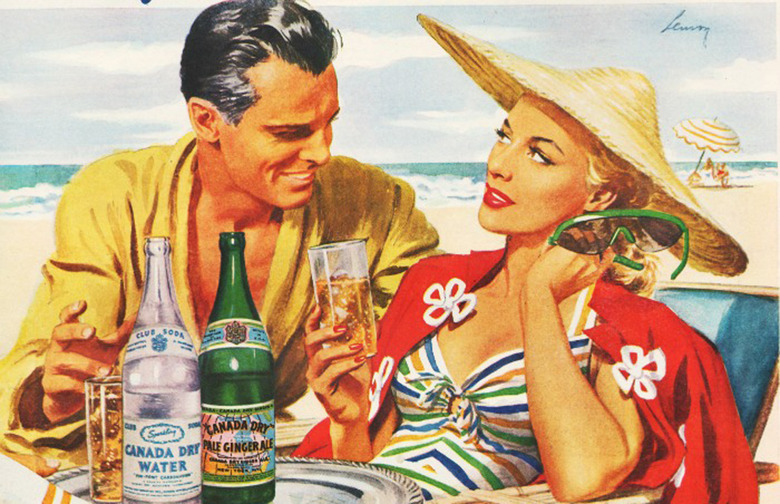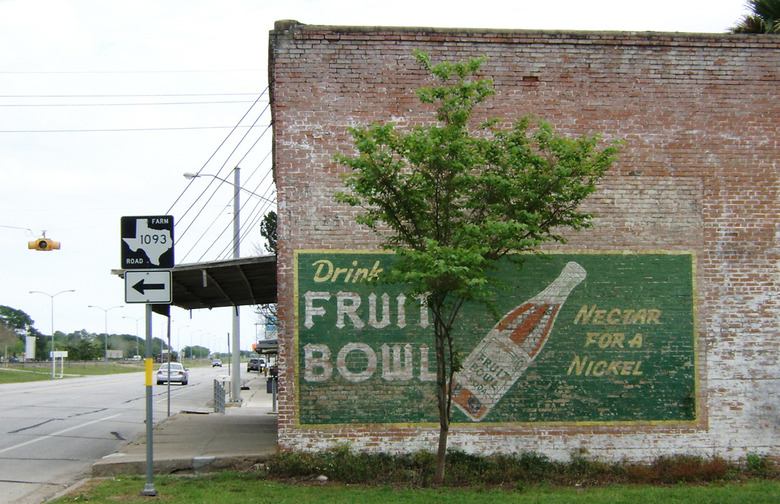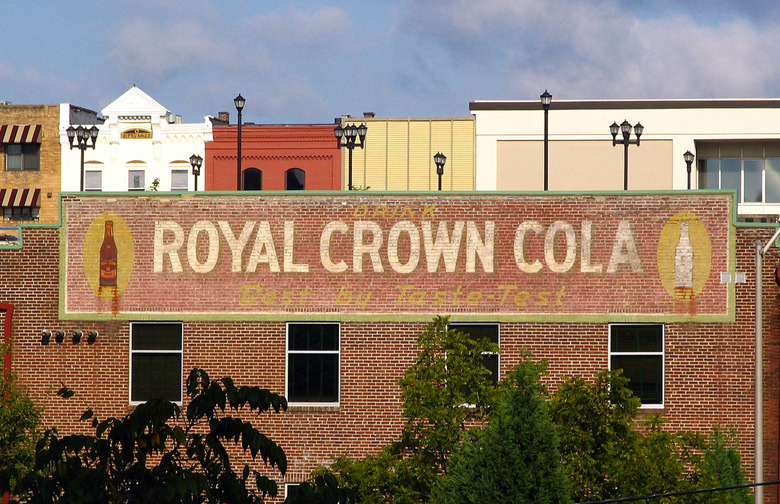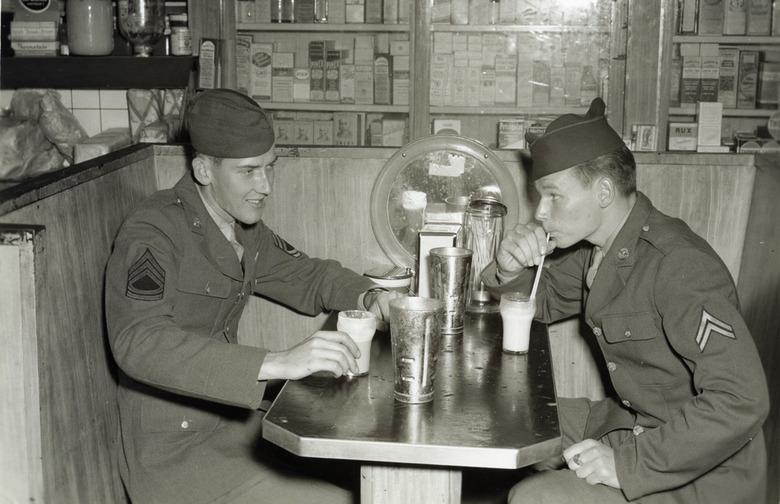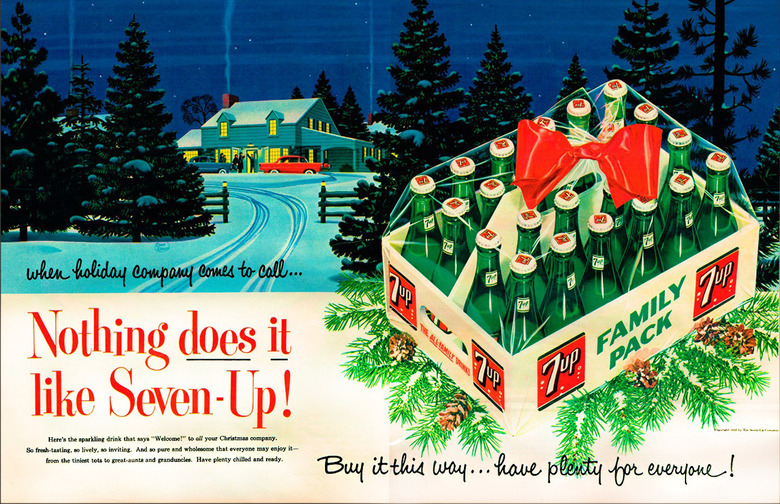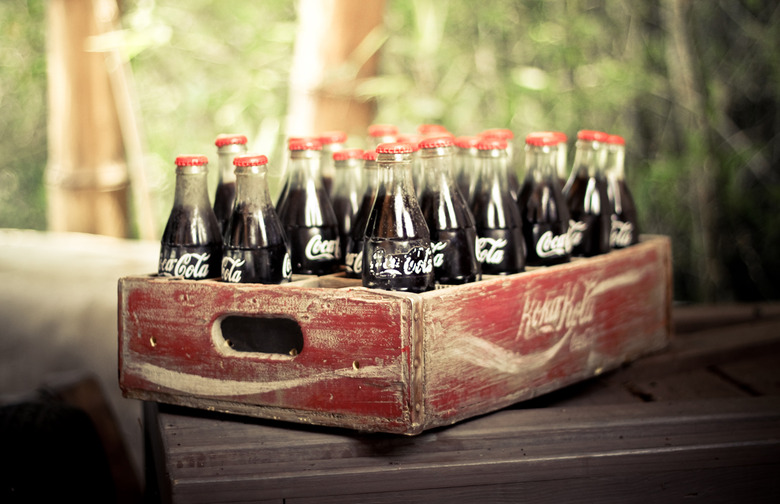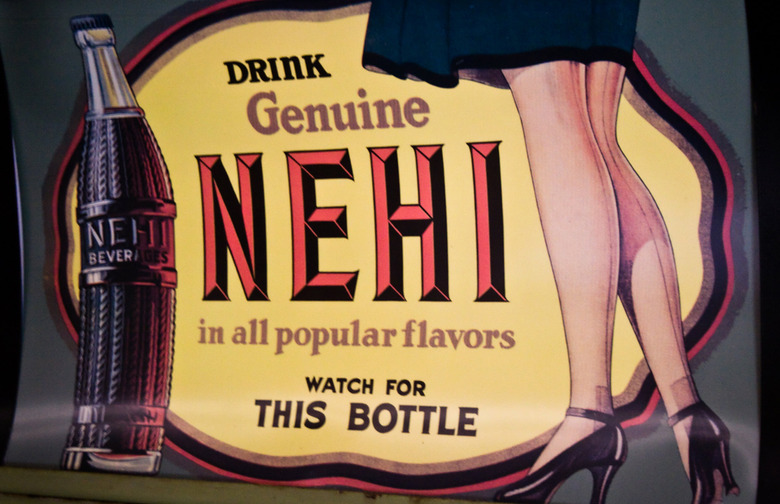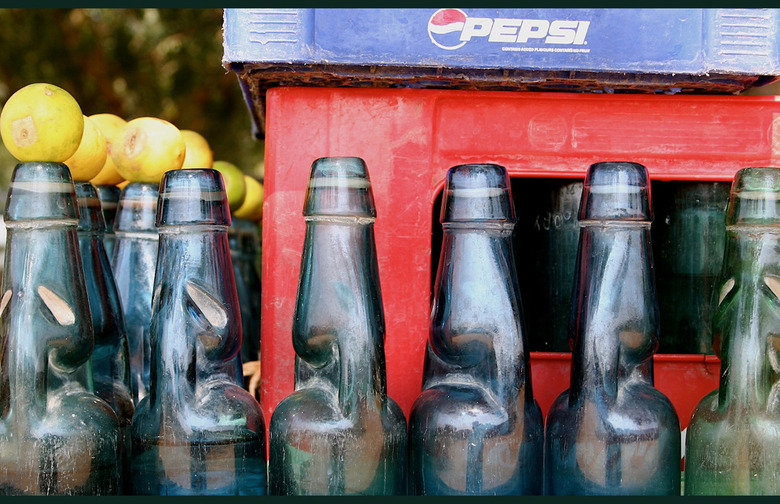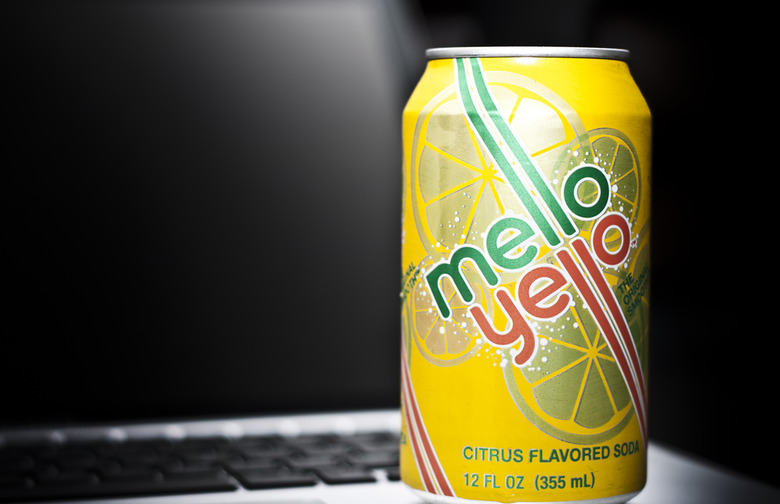Most Popular Soda From The Year You Were Born Slideshow
Popular Sodas in the Twentieth Century
1900
The late 1800s and early 1900s saw the birth of some of America's oldest and most popular soft drinks, including Vernor's Ginger Ale (Detroit 1866); Hires Root Beer (Philadelphia, 1876); Dr Pepper (Waco, Texas, 1885); Coca-Cola (Atlanta 1886); Pepsi-Cola (New Bern, North Carolina, 1898); and Chelmsford Ginger Ale, aka Canada Dry Ginger Ale (Chelmsford, Massachusetts, 1901); and Royal Crown Ginger Ale, later Nehi, and after that Royal Crown Cola (Columbus, Georgia, 1905). Each of these sodas are American icons and tell the story of the regions where they were founded and all, except for Chelmsford, were founded by American pharmacists.
1910
This decade of the twentieth century was a boom time for soda drinks, and by 1910 Americans were spending $500 million annually on carbonated drinks, which was more than twice the U.S. government's annual budget for the army and navy. Ginger ale was the country's most popular drink (the cola boom was still to come), and three of the best known companies were Vernor's Ginger Ale, Royal Crown Ginger Ale, and Chelmsford Ginger Ale. Both companies make a slightly sweet ginger-beer style of ale called a golden ginger ale that is known for its zesty ripe ginger flavors and brisk effervescence. Although Chelmsford was later bought by Canada Dry in 1931, it continued to produce the traditional Golden Ginger Ale and the newer dry style that developed during Prohibition and the cocktail craze.
1920
Within just 10 years, Coca-Cola and Pepsi-Cola Corporation dominated the national soft drink market but despite this, the 1920s still saw dozens of smaller regional producers enter the soda drink game. What made the 1920s unique was the development of two distinctly different flavor trends: fruit sodas and neutral sodas. Orange, strawberry, and grape sodas were in and companies like NuGrape, Grapette, Bluebird, Brandywine, and Nuicy joined the fray, but the cocktail craze and Prohibition also created a demand for other sodas that could be used as mixers, which is how companies like White Rock — famous for its club soda and ginger ale — got started.
1930
The 1930s was a difficult time for the country due to the Great Depression, and without jobs or money people couldn't afford to buy food. There were a few bright spots, like the introduction of inexpensive snack foods like Lays Potato Chips, Ritz Crackers and Fritos corn chips, and Claude Hatcher's (founder of Nehi and Royal Crown) invention of Royal Crown Cola (RC Cola). These foods and sodas still make people nostalgic for their taste, and in the Deep South, RC Cola has become part of the culinary lexicon. Most places you go there, people still say things like, "They go together like an RC Cola and a Moon Pie," and Southerners get misty eyed at the combo. Originally from Chattanooga, Tennessee, Moon Pies were founded in 1917 and were a popular sweet snack across the South. It was during the Great Depression that they became linked with RC Cola as the best tasting, most filling snack you could get for 10 cents.
1940
World War II played a big part in two dramatic changes in the soda drink industry that would change the future of the marketplace: Most manufacturing industries were re-tooled to help with war efforts and sugar was under the control of the government until after the war. The limited access to sugar didn't prevent Mountain Dew's founding in 1940 in Knoxville, Tennessee, by the Hartman brothers. Intended as a chaser for moonshine and whiskey, Mountain Dew was sold to the bluegrass set as the ultimate Appalachian drink. The 1940s was also the heyday of soda shops that combined soda fountain service with ice cream and malts that were the hangout for teenagers who listened to music on the juke box. After the war, the trickle of sugar became a deluge when veterans interested in opening soda drink bottling plants were given individual incentives by the government that included a 50-thousand-pound allocation of sugar. In just a few years, there was a surge of plant construction and soda production that paved the way for the boom and prosperity of the 1950s.
1950
The 1950s was the era of three-martini lunches, thin ties, and kids hanging around the corner soda shop to sip on root beer floats. Towards the end of the 50s, drive-in restaurants began to gain hold, but the most important innovation was the creation of diet soda. The first diet soda, a sugar-free ginger ale, was created in 1952 by the Kirsch Bottling Company in Brooklyn for diabetic patients at a Jewish sanatorium and it was called No-Cal. Available only locally, the first nationally marketed diet soda, Diet Rite, was introduced by Royal Crown Cola in 1958.
1960
If the 1950s was the era of soda shops, the 1960s was the era of peace, love, civil rights, and fast-food franchises. Places like McDonald's and H&W began to open up across the country and Coke dominated the menus every chance they got. Coke's status as the soda industry leader combined with its advertising power made it the go-to soft drink Americans associated with the ultimate American fun food: a hamburger, fries, and a Coke. Coke also positioned itself as a multi-cultural drink that appealed to open-mined young people who were concerned about the Vietnam War, civil rights, and the environment. This forced the industry to join the fight against public litter and helped create the trade association group Keep America Beautiful Inc. in 1963.
1970
Until the 1970s, coffee was the number one drink in America followed by sodas at number two and milk at number three, but that all changed in the disco era and by 1977, sodas were the number one drink in America. The advent of cans, diet soda, and Coca-Cola's campaign to push sales of TaB created an entirely new market for diet drinks. Ads targeted young women interested in "keeping tabs" on the diet and the product line included TaB Clear, TaB X-Tra, and caffeine-free versions. The 1970s was also the era of media placement and sodas were often strategically placed in shots in movies and TV shows or starred in entertaining musical theater-style commercials that have now become legendary. This was the era of the Dr Pepper musical commercials that asked the question, "Wouldn't you like to be a Pepper too?"
1980
The 1980s were an era of odd extremes, the failed New Coke campaign, Pepsi's rise to the top of the industry, the explosion of diet drinks made with aspartame, Coke's return to what is now the recipe known as Coca-Cola Classic, and the popularity of bottled water sold at a premium price. The soft drink failure of the decade was New Coke but there were other drinks to distract consumers like frozen soda drinks such as Slush Puppies and Icees and a litany of diet drinks. This category had sales of $585 million in 1984 and jumped to $800 million the next year. The irony of the diet soda era was people ordered them, in quantity, to wash down Big Macs, Whoppers, and large fries.
1990
Just like the music, hair, fashion, and movies, things in the 1990s were loud, extreme, weird, or meant to shock or surprise. Brands like Mellow Yellow (from Coke) and Slice (from Pepsi) were meant to capture the clear soda market, Zima (from Miller), was supposed to appeal to hip young people and be a clear alternative to beer, but it tasted and looked odd and never took hold, and most of the new stuff eventually fizzled out and was supplanted by chocolate YooHoo in a can or more premium waters.
